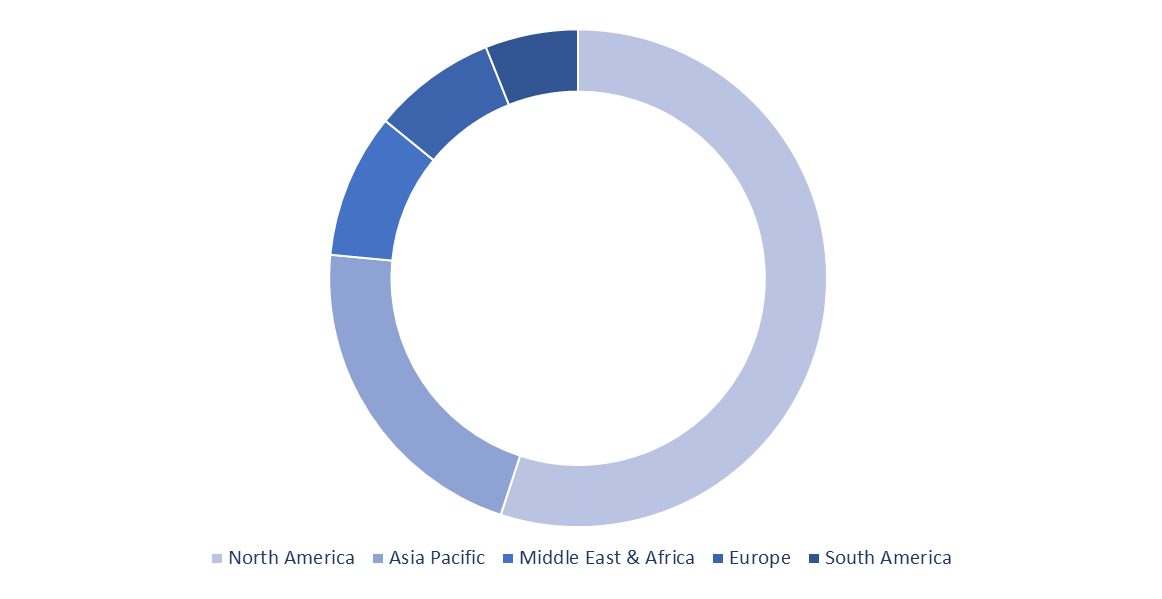Construction Robots Market Size, Share, Sales, Analysis, Forecast By Type (Traditional Robot, Robotic Arm, And Exoskeleton), By Automation (Semi-Autonomous Construction Robots and Fully Automated Construction Robots), By Application (3D-printing robots, Demolition Robots, Bricklaying Robots, and Others), By End Use (Commercial Buildings, Residential Buildings, Public Infrastructure, and Others), Industry Competition & Player Profiles, 2022-2032
The Global Construction Robots Market size was estimated to be US$ 95 million in 2019 and is expected to grow at a CAGR of 14% through 2030. Increased investment in building & construction industry, adoption of advanced construction tools, rising penetration of automation in construction activities, and declining prices of construction robots are the major factors influencing the growth of the global construction robot market. Rapid urbanization and industrialization have resulted in growth of population across urban centers globally. This has significantly contributed towards the acceleration of constriction activities across major countries. With minimal penetration of automation in construction activities, the construction robots have witnessed single digit growth during past couple of decades.
However, to meet the rising demand for new residential and commercial space across the globe has fueled the adoption of automated construction tools or construction robots. Though, the developed economies were the early adopters of construction robots, current demand is dominated by the developing or emerging economies globally. Development and adoption of 3D printing technology across the construction industry is anticipated to remold the dynamics of the global building & construction industry in coming years. Additionally, rising awareness and declining prices of construction robots is anticipated to contributed towards the growth of the global construction robot market during the forecast period.
Asia Pacific contributed a dominating share to the global construction robot market in 2019 in terms of revenue and volume and is anticipated to be a dominating geography throughout the forecast period. Increased adoption of advanced technologies across building & construction industry and expanding building & construction industry across the emerging countries is anticipated to drive the growth of the Asia Pacific construction robot market during the forecast period. Presence of leading robot manufacturers cross China, Japan, South Korea and India is anticipated to contribute towards the growth of Asia Pacific construction robot in coming years. Europe is estimated to contribute towards the technology development during the forecast period owing to increased investment in research & development across Western European countries. North America to witness steady growth during the forecast period owing to slack in demand from commercial construction activities across the United States.

Construction Robot Market Share Analysis, by Geography (2021)
The report titled “Construction Robot Market - Global Market Share, Trends, Analysis and Forecasts, 2022-2032”, wherein 2020 is historic period, 2021 is the base year, and 2022 to 2032 is forecast period. Additionally, the study takes into consideration the competitive landscape, wherein the report would provide company overview and market outlook for leading players in the global construction robot market. Furthermore, the report would reflect the key developments, global & regional sales network, business strategies, research & development activities, employee strength, and key executive, for all the major players operating in the market.
The global construction robot market is segmented on the basis of type, automation, application, end use, and geography. Based on type, the global construction robot market is segmented into traditional robot, robotic arm, and exoskeleton. Based on automation, the global construction robot market is segmented into semi-autonomous construction robots and fully automated construction robots. Based on application, the global construction robot market is segmented into 3D-printing robots, demolition robots, bricklaying robots, and others. Based on end use, the global construction robot market is segmented into commercial buildings, residential buildings, public infrastructure, and others. Based on geography, the global construction robot market is segmented into North America, Europe, Asia Pacific, Middle East & Africa, and South America.
The research provides in-depth analysis of prominent players holding majority share of the global market with a focus on all operating business segment and would identify the segment of the company focusing on construction robots. Further, market share of prominent companies in the global construction robots market would also be estimated. the study takes into consideration the key competitive information such as business strategy, product portfolio, key development, swot analysis, and research and development focus of all the construction robot companies.
The global construction robots market study would take into consideration the participants engaged throughout the supply chain and value chain of the market, along with their contribution. Product portfolio would focus on all the products under the construction robot business segment of the company. Similarly, the recent development section would focus on the latest developments of company such as strategic alliances and partnerships, merger and acquisition, new product launched and geographic expansion in the global construction robot market.
Major players active in the global construction robot market include Alpine Sales and Rental, Autonomous Solutions, Beijing Borui Intelligent Control Technology, Brokk AB, Construction Robotics, Ekso Bionics, Fastbrick Robotics, Fujita, Giant Hydraulic Tech, Komatsu, TopTec Spezialmaschinen GmbH, and Yingchuang Building Technique Co. (WinSun).
Segmentation:
By Type:
- Traditional robot
- Robotic arm
- Exoskeleton
By Automation:
- Semi-autonomous construction robots
- Fully automated construction robots
By Application:
- 3D-printing robots
- Demolition robots
- Bricklaying robots
- Others
By End Use:
- Commercial buildings
- Residential buildings
- Public infrastructure
- Others
By Geography :
- North America
- United States
- Canada
- Rest of North America
- Europe
- Germany
- United Kingdom
- Belgium
- Spain
- Rest of Europe
- Asia Pacific
- Japan
- India
- China
- Australia
- Rest of Asia Pacific
- Middle East & Africa
- UAE
- Saudi Arabia
- Rest of Middle East & Africa
- South America
- Brazil
- Rest of South America